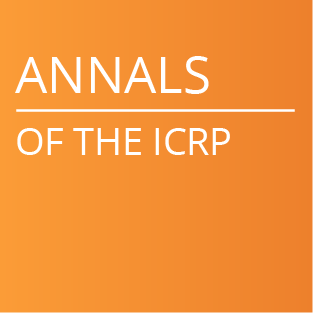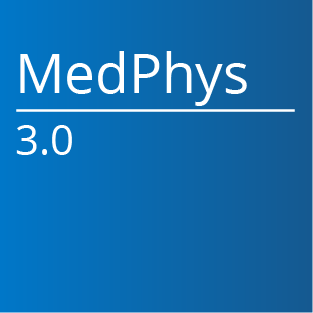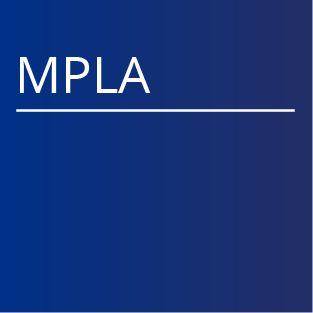2021 AAPM Virtual 63rd Annual Meeting - Session: Dose and Imaging Performance Assessment in CT and CBCT
Tweet #link |
An Assessment of Uncertainties in Pediatric CT Organ Dosimetry When Scan Parameters and Individual Body Morphometry Are Unknown Cameron Kofler |
All videos in this session:
 A Method to Estimate a Fan-Beam CT NPS Using Two Basis Functions with a Limited Number of Noise Realizations - Hanjoo Jang A Method to Estimate a Fan-Beam CT NPS Using Two Basis Functions with a Limited Number of Noise Realizations - Hanjoo Jang | |
 Diagnostic Reference Levels (DRLs) and Achievable Doses (ADs) for the 11 Most Commonly Performed Pediatric CT Examinations in the United States (USA) as a Function of Patient Age and Size Using 1.5 Million Examinations in the American College of Radiology - Kalpana Kanal, PhD University of Washington Diagnostic Reference Levels (DRLs) and Achievable Doses (ADs) for the 11 Most Commonly Performed Pediatric CT Examinations in the United States (USA) as a Function of Patient Age and Size Using 1.5 Million Examinations in the American College of Radiology - Kalpana Kanal, PhD University of Washington | |
 Fast Monte Carlo Simulation of Non-Isotropic X-Ray Source for CT Dose Calculation - Sen Wang Stanford University Fast Monte Carlo Simulation of Non-Isotropic X-Ray Source for CT Dose Calculation - Sen Wang Stanford University | |
 Longitudinal QC Testing of CBCT and Helical MDCT Systems with a Unified Image Quality and Dose Phantom - Mahadevappa Mahesh, PhD Johns Hopkins University Longitudinal QC Testing of CBCT and Helical MDCT Systems with a Unified Image Quality and Dose Phantom - Mahadevappa Mahesh, PhD Johns Hopkins University | |
 A Scanner-Specific Simulation Platform for Virtual Imaging Trials in Deep Si-Based Photon-Counting CT - Shobhit Sharma Duke University A Scanner-Specific Simulation Platform for Virtual Imaging Trials in Deep Si-Based Photon-Counting CT - Shobhit Sharma Duke University | |
 Accurate and Efficient Measurement of Channelized Hotelling Observer-Based Low-Contrast Detectability On the ACR Accreditation Phantom - Mingdong Fan Mayo Clinic Accurate and Efficient Measurement of Channelized Hotelling Observer-Based Low-Contrast Detectability On the ACR Accreditation Phantom - Mingdong Fan Mayo Clinic | |
 Q & A - Q & A - |



















